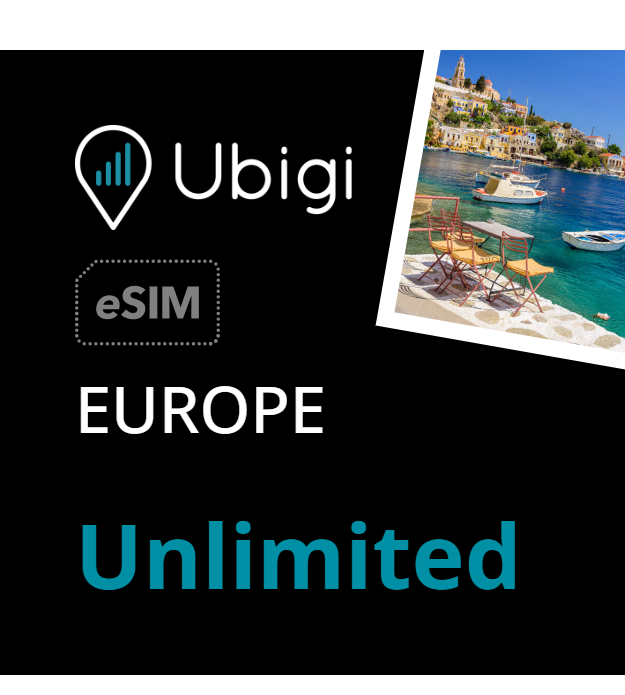
EU Package Holiday Prices Rise Above Inflation in June 2025
Package holiday prices in the European Union climbed faster than the overall inflation rate in June 2025, according to fresh Eurostat figures. The data show that prices for package holidays were 2.8% higher than in the same month last year, outpacing the EU’s general annual inflation rate of 2.3%.
The trend was similar for international package holidays, which take travellers outside their home countries, with prices increasing by 2.7% compared with June 2024. The figures highlight a modest but notable rise in leisure travel costs across the bloc.
The data also highlights significant differences between individual countries. In Germany, a key source market for Mediterranean tourism including Turkey, package holiday prices increased by 1.6%. France recorded a rise of 1%, while Italy saw a much sharper increase of 5.4%. Poland, considered a growing market for outbound travel, reported an annual rise of around 5.1% in package holiday prices.
Understanding EU Package Holiday Prices
Package holidays include a combination of travel, accommodation, meals, guides, and other services. They often come in the form of all-inclusive vacations or tours and can also cover half-day and one-day excursions or religious pilgrimages. International packages involve travel to a destination outside the traveler’s home country, while domestic packages are confined to destinations within national borders.
The overall 2.8% increase in EU package holiday prices is slightly above the general inflation rate, indicating that travel costs are rising faster than average consumer prices. These increases vary greatly by country, influenced by demand trends, seasonal patterns, and destination-specific factors.
Tourism Inflation Goes Beyond Holiday Packages
Eurostat’s broader tourism inflation indicator—which covers accommodation, restaurants, and related services—showed even sharper increases in some destinations. Turkey topped the list with a staggering +35.6% year-on-year rise, followed by North Macedonia at +10.6%.
Among EU destinations, notable increases in tourism-related prices included:
Overall, tourism inflation across the EU averaged 4.1%, indicating that travel-related costs are rising faster than general inflation in many parts of the region.
Why Turkey’s Prices Stand Out
For European travelers, Turkey is often considered a relatively affordable destination due to currency exchange rates. However, the data show that in local terms, costs for accommodation and dining have risen significantly. This trend suggests that while Turkey may still appear inexpensive for visitors paying in euros or other strong currencies, domestic price increases are outpacing those in competing destinations.
The rise in tourism inflation may be linked to high demand, changes in supply conditions, and broader economic pressures. Seasonal peaks, increased operating costs for hotels and restaurants, and global market shifts can all contribute to these price trends.
Why This Matters for Travellers and the Industry
The figures suggest that leisure travel in the EU is becoming slightly more expensive, even as overall inflation remains moderate. For consumers, this means budgeting more for holidays, particularly in countries experiencing above-average increases. For the travel industry, the data underscores strong demand and potentially tighter supply, especially in high-season destinations.
While the 2.8% rise in package holiday prices is far from dramatic, the divergence between markets—and the sharp spikes in some popular non-EU destinations—highlight the importance of tracking travel costs closely. As summer progresses, these trends may influence both booking patterns and destination choices across Europe.
The Solutions:
- Book Early: Lock in lower prices before demand peaks.
- Compare Across Markets: Prices vary widely between EU countries—shopping around can save you money.
- Travel Off-Peak: Late spring or early autumn can offer better value with fewer crowds.
- Consider Alternative Destinations: Less popular spots may have smaller price hikes but equally rich experiences.










